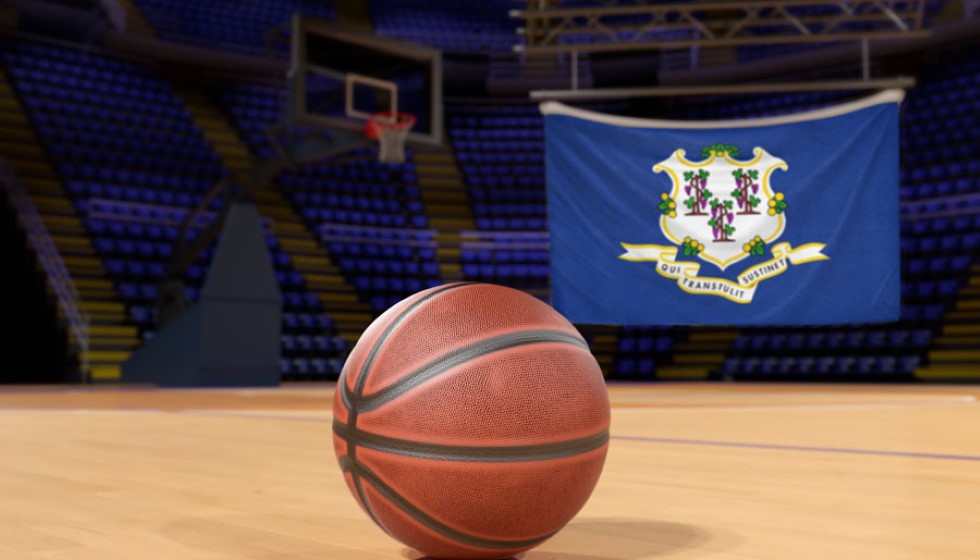
As the NBA season unfolds, the Philadelphia 76ers find themselves navigating the challenges of an evolving roster. With Joel Embiid and Andre Drummond sidelined, the team has leaned into an unconventional strategy that has both intrigued analysts and tested the team's adaptability. At the center of this experiment is the utilization of smaller lineups, spearheaded by Coach Nick Nurse. This adjustment aims to compensate for the absence of their key big men, especially during crucial matchups.
Shifting Strategies
Guerschon Yabusele, stepping into the starting center role, and Adem Bona anchoring the second unit, signify a dramatic shift in the 76ers' lineup dynamics. However, the most innovative—and perhaps audacious—move was the deployment of a centerless formation against the New Orleans Pelicans, a game that ended in a 123-115 loss. This lineup included the likes of Paul George, Tyrese Maxey, Ricky Council IV, Kelly Oubre Jr., and Caleb Martin.
Paul George, renowned for his perimeter defense, brings versatility given his size and wingspan—standing at 6-8 with a 6-11 wingspan. His inclusion in the centerless lineup underscores a strategic emphasis on speed and agility over traditional size in the paint. This pivot echoes tactics employed by teams such as the Boston Celtics, known for utilizing smaller lineups to engage opposing defenses with relentless pace and movement.
Life Without the Big Men
The absence of Embiid and Drummond forces the 76ers to adjust on the fly, leaning heavily on the versatility of their roster. The mix of seasoned veterans and emerging talent such as Maxey and Martin has been vital in maintaining competitive balance. However, it’s clear that the absence of a dominant presence like Embiid significantly alters the team’s dynamics, particularly in battling against teams with strong interior offensives.
Asked about the new role and dynamics on the court, Paul George shared his thoughts: "It's different. I'm used to scrapping and running around and chasing and fighting through screens. To be honest, I'm bored playing on a 5. It just don't do enough for me." His candidness highlights the challenges—and occasional monotony—of adapting to roles outside his traditional perimeter play. Yet, he also expressed a refreshingly enthusiastic perspective: "I enjoy chasing the little guys and matching up against wing offensive players."
Testing the Team's Prowess
The ongoing experiment is not without its trials. During the Pelicans game, the absence of towering figures exposed the 76ers to vulnerabilities, particularly in rebounding and protecting the rim. Critics have questioned the sustainability of such a lineup against teams with formidable big men, underscoring a need for strategic backup should Embiid and Drummond’s absence extend.
Nonetheless, experts commend Coach Nurse’s initiative to test the boundaries of his roster. His approach aims to extract maximum potential from a squad that is clearly in a state of flux. The versatility demanded by such strategies improves player adaptability and provides valuable insights into matchup creation.
A Season of Opportunities
While fans eagerly await the return of Embiid and Drummond, the 76ers' recent experiments offer a glimpse into a potentially transformative period for the franchise. Balancing competitive urgency with developmental prospects, the Sixers aim to remain formidable in the ever-intensifying Eastern Conference landscape.
The trials faced by Philadelphia without their key big men may, in hindsight, serve as a crucible for emerging talent and strategic innovation. While the path is uncertain, the flexibility and resilience shown by the team are promising indicators of a brighter and more adaptable future. For now, the 76ers continue to dance an intricate ballet of tactical adjustments as they await the return of their luminary stars.